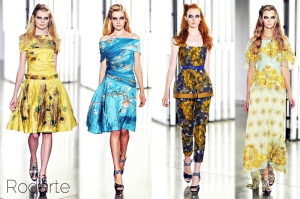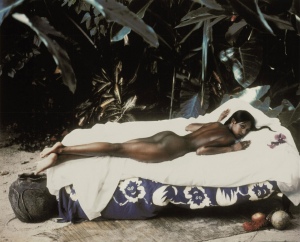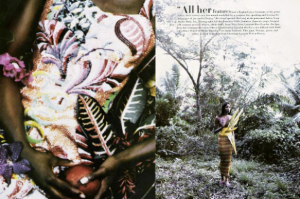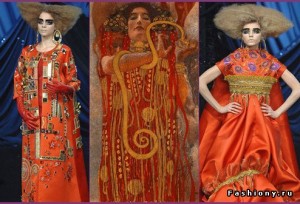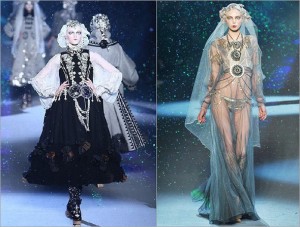I recently had this conversation with my Iranian born but American raised co-worker about dressing in Iran. Even though she grew up in an Iranian household she was raised completely in an American environment. When I told her I’d been to Iran we had a long discussion about the dress code and appearances. So I just wanted to share my and her experiences again and emphases some points I outlined in my previous post.
-Yes, you have to wear a veil. Make sure you are dressed “islamically” before getting off the plane.
-Yes, you have to cover your neck, shoulders and make sure your “manto” or tunic goes lower your knees.
Scenario 1: I personally was stopped by the police once in Iran because my tunic wasn’t long enough. After looking at my passport they let me go under the condition that I would get a longer tunic.
Scenario 2: As I was entering a very busy metro station in Tehran I got hit by a police officer with a baton. I was more shocked than hurt. He was walking around the station slightly hitting the women who were passing by and screaming at them ” Rosarit-o dorost kon” (Fix your headscarf). I know it may sound and look humorous but , frankly, I didn’t feel this way at the time.
Bad headscarf habits are officially called “badhejabi” in Iran
– Yes, no one is allowed to wear a “crazy” (inappropriate ) type of haircut, and I am talking about men.
Scenario: I was hanging out with a guy who had a tiny mohawk. Actually it was so tiny that I didn’t think it would count as a mohawk. But the guy thought differently, he wouldn’t take his cap off outside because he was afraid he might be stopped by the police. Believe me he didn’t imaging things he got busted once or twice before.
– Yes, boys are not allowed to pluck their eyebrows.
Scenario: The same guy again. This time he was telling me a story from his school days. Once he showed up at school with plucked eyebrows . This resulted in a 2 week suspension from attending classes. His photo was also place in the school hallway as a warning for others.
– Yes, many Iranian women have a nose job done.
My coworker confirmed that her cousin had her nose fixed. Iranians say jokingly that among other things a father is supposed to do for his daughter is to pay for her nose job.










